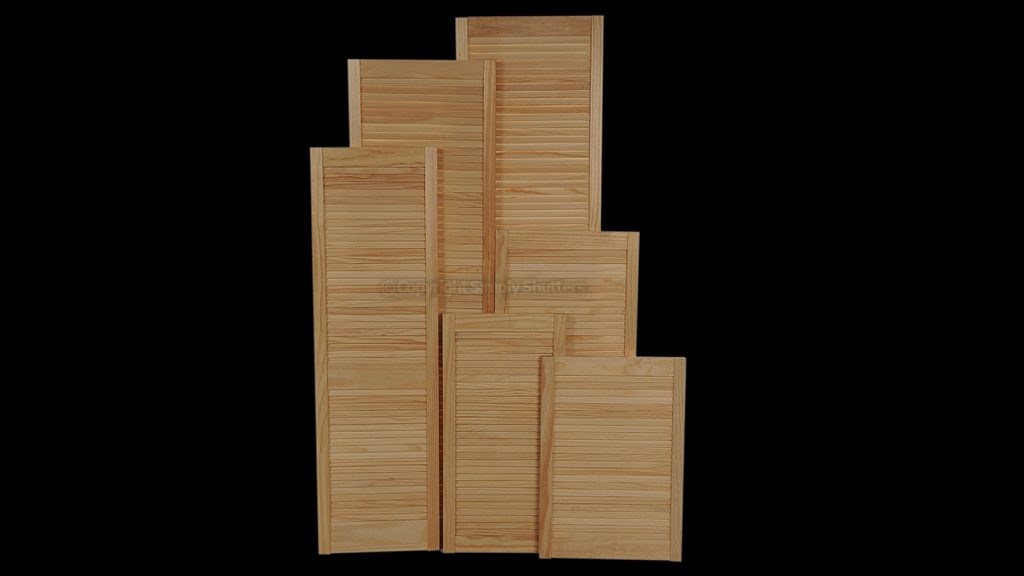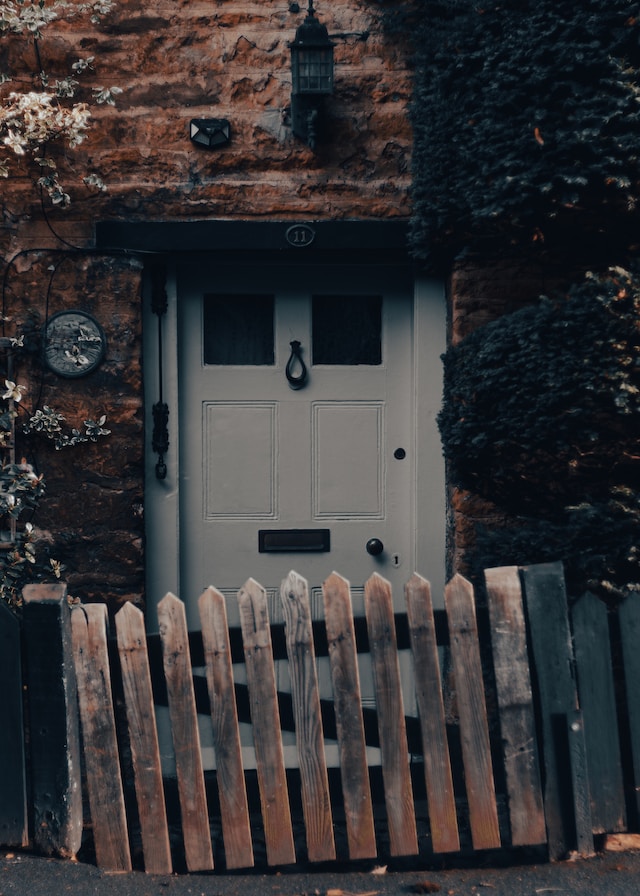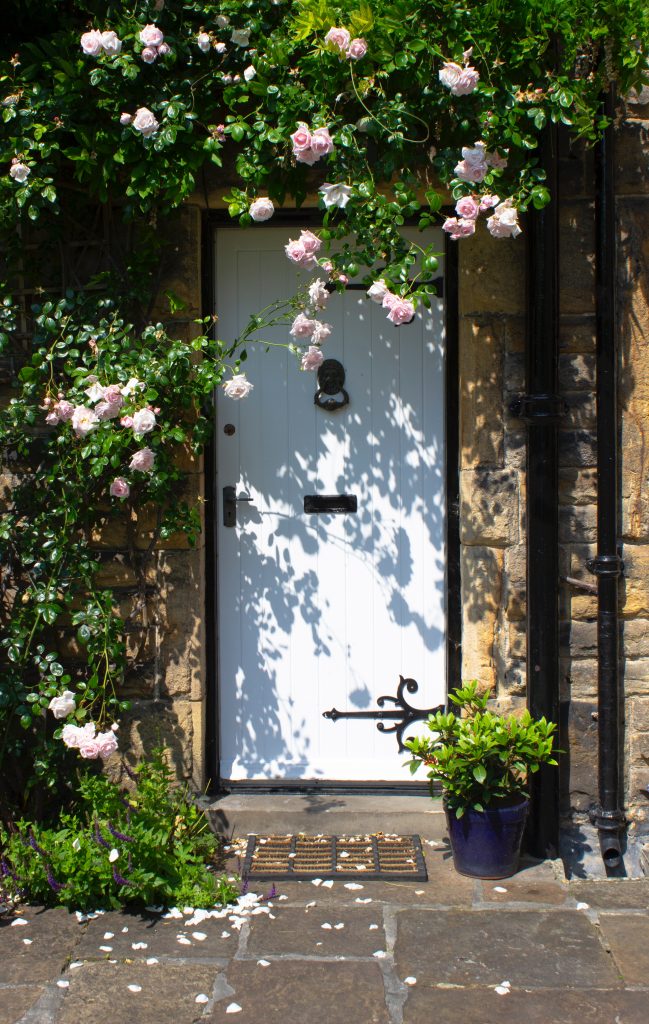2022
You purchased and installed your new louvre doors. They look fantastic and you are pleased with the result. But what about maintaining them? Are they easy to clean and do they need lots of cleaning? Good questions indeed and some we can help you with.
One of the great things about louvre doors is they are fairly low maintenance. However, they have been known to collect dust, especially on the individual louvre blades. But worry not because cleaning louvre doors is really easy.
Clean dusty louvre doors with a cloth
You can use a dry, clean dusting rag or polishing cloth to clear any dust from the louvre doors by simply wiping over the entire door.
Clean between each louvre blade by using a long thin object such as a non-sharp knife or ruler covered with a clean rag or polishing cloth. Gently press the covered ruler on to each individual blade and move from left to right to remove the dust. Try not to press too hard or you could bend a louvre blade.
Top Tip: Wait until you have finished cleaning your louvre door before vacuuming as some dust may settle on the floor at the bottom of the door. Better yet why not use the vacuum cleaner to remove any dust from the door itself (please take care when doing this).
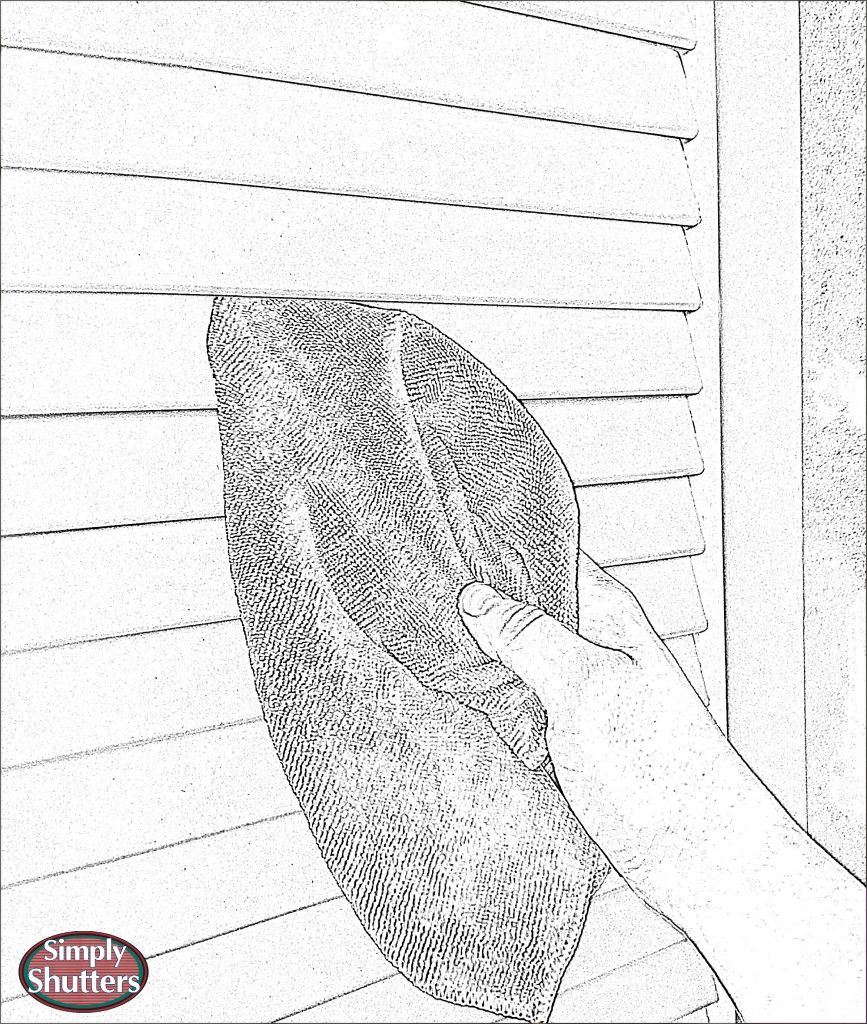
Use a paint brush or soft toothbrush to get the edges
If you want to get into the corners and edges of the louvre doors, you can use a dry paint brush or soft toothbrush to reach these spots.
Top Tip: Ideally use a brand-new unused paintbrush or toothbrush to ensure nothing is on them that could stain the louvre door.
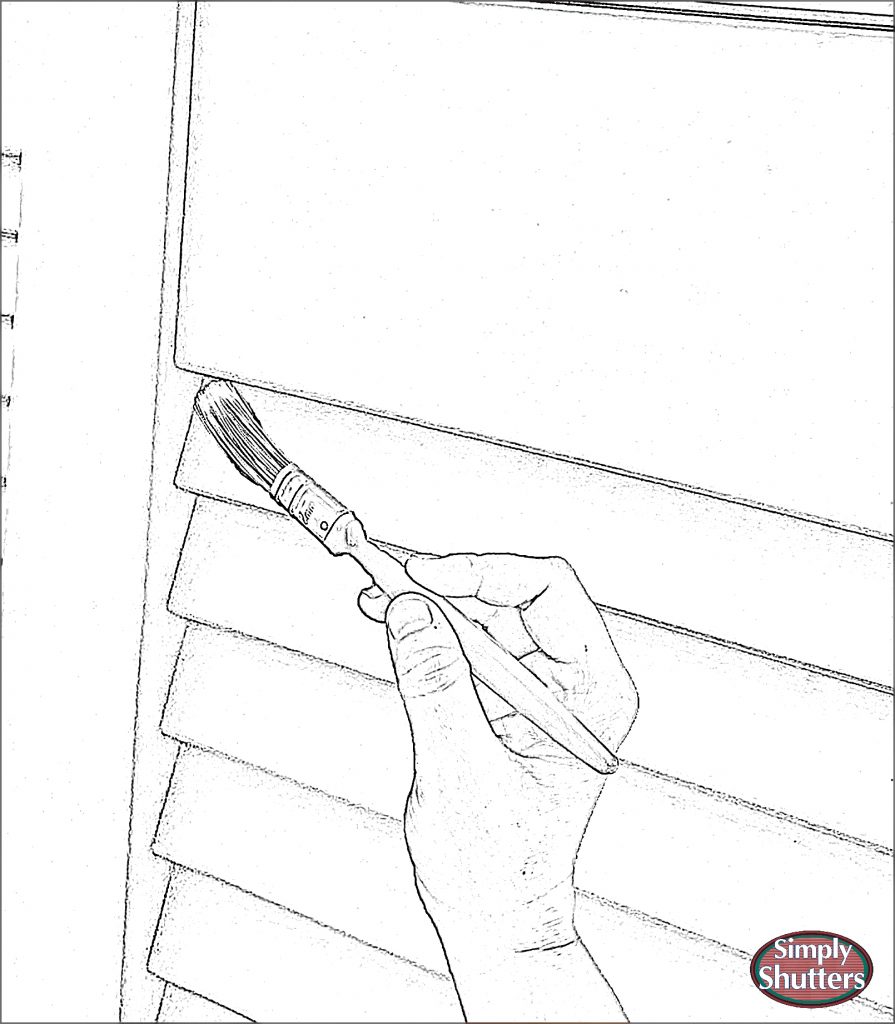
For a deep clean use, a soapy solution.
If your louvre door has become quite dirty so that dusting alone is not enough, you can clean it using a mild washing up liquid. Simply add a small amount to lukewarm water and use a clean damp cloth to wipe over the door. Once you have cleaned the whole door use a clean, dry cloth and wipe over again to ensure that no moisture remains on the door.
Top Tip: ALWAYS do a patch test on the door before committing to cleaning with any kind of soap to ensure that the solution you have made is mild enough to not affect the appearance of the door.
Another Top tip: It is NOT advisable to clean untreated or unfinished wood with soapy cleaners as the wood will absorb the liquid that could cause staining or raise the woodgrain. Instead, just use a clean dusting cloth.
